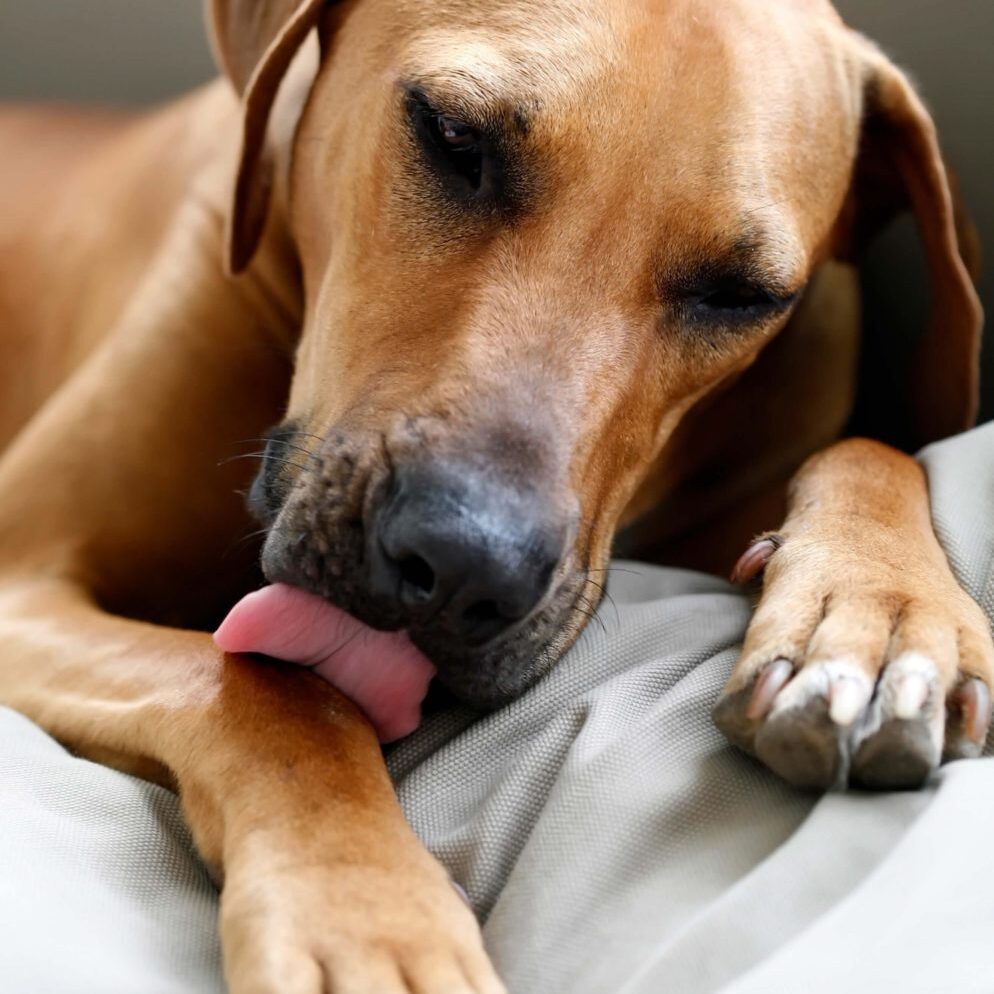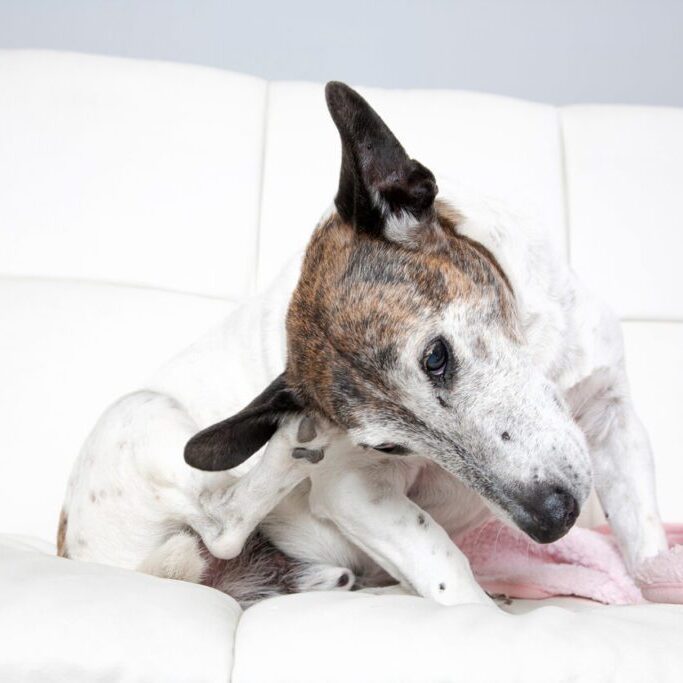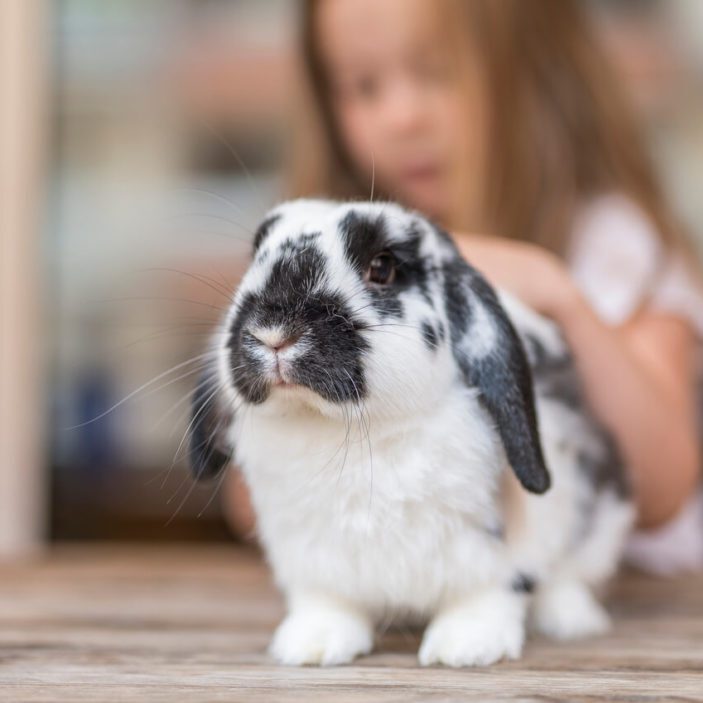Dogs
How to Have Harmony at Home with Dogs and Kids

For so many of us, one of the brightest spots of 2020 has been our furry family! Whether you’ve been a pet parent for fifty years or this is your first time with a pet in your home, the benefits of the human-animal bond are truly remarkable both physically and emotionally. But, to nurture and grow this bond, it is incredibly important to recognize and understand our pets’ body language and how they communicate. This helps our dogs stay emotionally healthy and prevent unwanted bites during interaction with children. Here are a few essential tips to keep in mind:
What Does a Stressed Dog Look Like?
Dogs give us many cues to let us know how they are feeling, and recent research has helped us understand these cues and body postures even more. Why do we need to learn these signs? They help us understand when a dog is anxious, fearful, needs space, is not comfortable, and should not be petted or touched. Just like people, dogs need their mental health tended to and addressed and our responsibility as pet parents is to teach everyone in the family what this looks like and to give space and time to avoid an unwanted interaction. These signs include:
- Panting
- Excessive shedding
- Urinating or defecating in the house
- Excessive drooling
- Not taking favorite treats
- Tense muscles
- Sweaty paw prints
- Vomiting
- Reddening to the whites of the eyes
- Dilated pupils
- Grimacing in the face
If you notice any of these, especially if they are repeatable or many are happening together, talk to your veterinarian and learn about strategies to help your dog feel less stress.
My Dog is Stressed but My Kids Want to Play. Now What?
This is a common scenario that so many families face, especially with new puppies or rescues that have just come home. From day one, it’s imperative to teach children the safe and healthy way to interact with their dog and other dogs that they meet. Children should also learn that there are ways that are not safe to interact with dogs. As a mom of three, I know that no one’s perfect, and with children, so many situations are out of our complete control. However, these guidelines should be continually reinforced, not only for safety, but also to help reduce your dog’s anxiety:
- Leave dogs alone when they are eating.
- Never take a dog’s bone or toys.
- Let a dog be alone when it is sleeping or resting.
- Avoid grabbing a dog’s tail and ears and avoid putting your face right up to a dog’s face.
- Try not to hug dogs.
- Use “inside voices” instead of shouting around dogs.
And, to help children also see the positive, here are some safe and appropriate ways for them to grow their own human-animal bond:
- Be kind and polite to pets.
- Ask the pet parent before interacting with a new dog on a walk.
- Play safe games with your dog like fetch, teaching new tricks and playing hide-n-seek.
- Go for leash walks with your dog for daily exercise.
One of my favorite moments as a veterinarian and parent is watching my children and my dog safely snuggling, comfortable and happy on the couch watching a movie and bonding. Take the time to set your family up for health and safety from the beginning of your journey as a pet parent. Your veterinarian is the most trusted source to help guide you and answer questions to help create a happy and healthy home.
Did you find this helpful? Share it!
Recent Posts
About VetScoop
Pets make our lives better. At VetScoop, we’re on a mission to return the favor by giving you access to trustworthy, science-based information so you can provide the best possible care for your pets.
Related Posts We Think You'd Like





